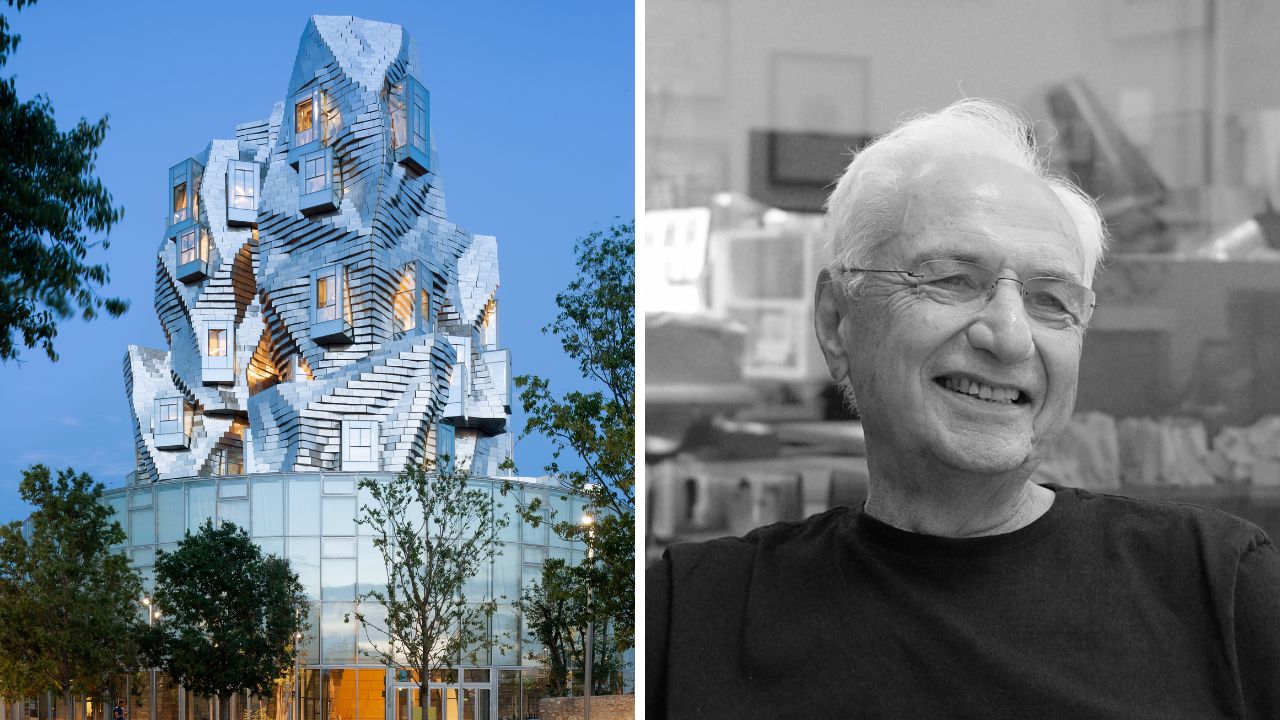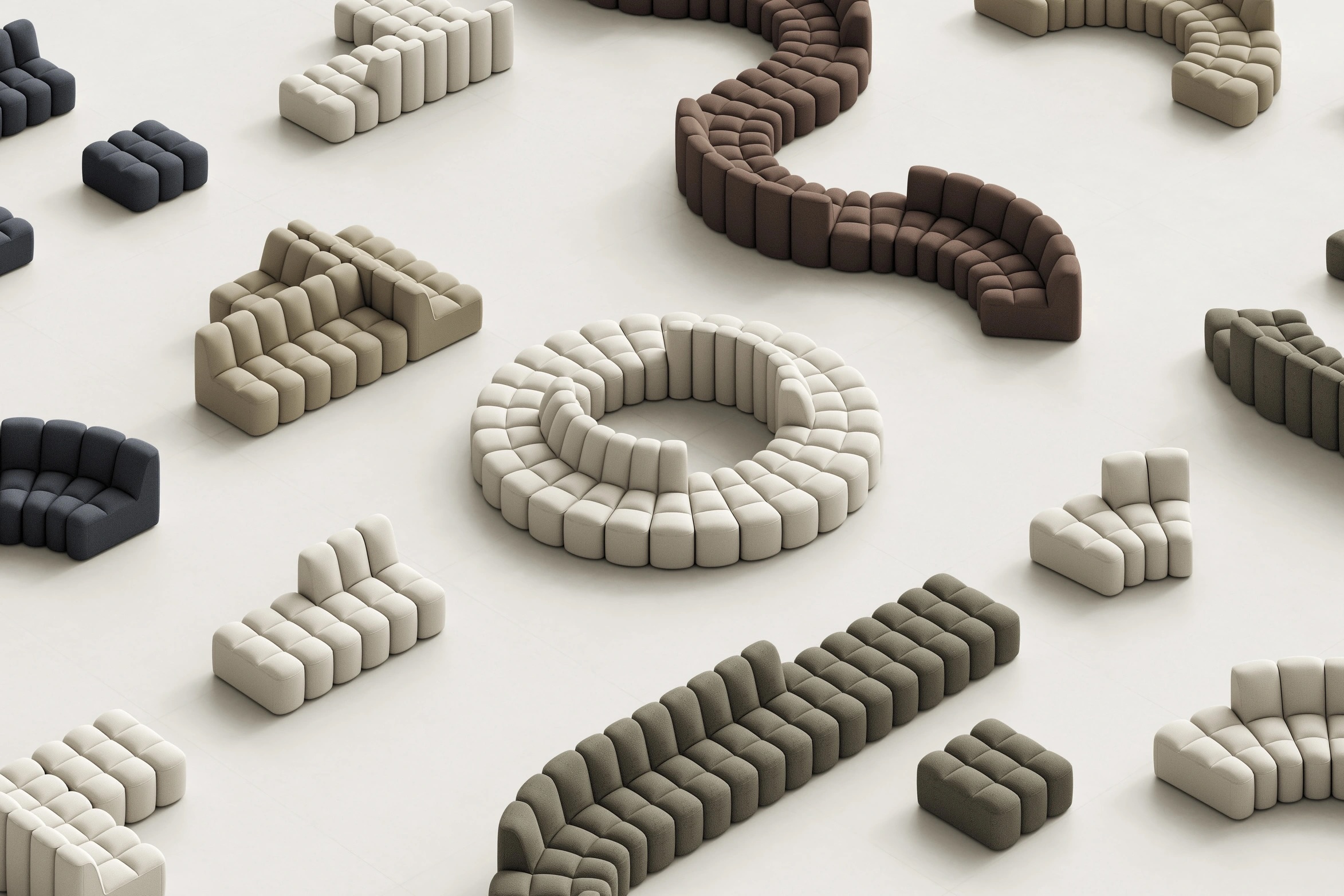AI-powered Dream Recorder lets users play back their dreams


Dutch design studio Modem says it has brought dream journaling into the intelligence age with the Dream Recorder, an AI bedside device that replays dreams as short videos.
In contrast to the many new artificial intelligence (AI) devices that have promised complex functionality, the Dream Recorder does just one simple thing.
Users are able to wake up in the morning, roll over to the device, push a button and tell it their recollections of their dreams from the previous night. The AI model then generates a video reel that is played back on its screen in a grainy, impressionistic style befitting the mystical nature of dreams.

The Dream Recorder also diverges from most tech products in that it is fully open-source, just like Modem's previous AI project Terra. Both the code and hardware documentation are on software hosting service GitHub, and users can build the device themselves by 3D printing the shell and using off-the-shelf internal components.
Modem's co-founders told Dezeen that they wanted to create the device to allow people to reflect on their subconscious thoughts before ceding the day to more intrusive gadgets.
There are seven slots for storing a week's worth of dreams, so users can pick up on any recurring themes.

"The fascination [with dreams] has always been there," said Astin le Clerq. "What's changed is the technology. For the first time, we have tools capable of giving shape to the subconscious, turning the invisible into something we can see, and maybe even begin to understand."
For the design, Modem worked with creative technologist Mark Hinch, industrial designers Ben Levinas and Joe Tsao and illustrator Alexis Jamet, whose images were used to train the AI.
Modem co-founder Bas van de Poel said that they had aimed to give Dream Recorder a look that felt at home in the bedroom – "calm, quiet, and free from the noise of everyday tech".

They wanted it to be able to sit on the nightstand without obviously declaring that it was a piece of tech and tried to make the form tactile and "slightly ambiguous", abandoning symmetry and hard lines as they iterated.
"The bedroom should be a phone-free sanctuary, and Dream Recorder is built with that in mind," said Modem co-founder Bas van de Poel. "It works on its own, without apps or notifications, leaving only a gentle glow in the dark."
The hazy, analogue aesthetic of the videos is partly the result of the AI drawing on Jamet's illustrations, which often feature a mix of blurred shapes and grainy textures, and partly from the FFmpeg software that does the on-device post-processing.
Users can also add stylistic prompts to personalise the look of their videos, and according to Modem, the generated dreamscapes will become more accurate and expressive as the underlying models behind the AI improve in nuance and visual fidelity.
Van de Poel and Le Clerq credit the vision of American computer scientist Mark Weiser and the early ideas around ambient computing that he developed at Xerox PARC in the 1990s for their approach to building technology that feels calm and fades into the background.

However, these ideas are also popular among the leaders of many major tech companies, and yet the products they are creating are very different to Modem's.
Both the Dream Recorder and Terra perform just one poetic function and have limited connectivity and integration with their users' lives.
"At the end of the day, AI is just math and algorithms," said van de Poel. "What matters is the intent behind it. It can become yet another source of distraction, or it can support a different kind of interaction that gently shifts our awareness across mind, body and spirit."

"By open-sourcing our projects, we aim to democratise access to these technologies and offer a tangible alternative to the dominant, corporate-led vision of AI," added le Clerq. "Right now, the future of these systems is being shaped by a narrow set of interests, mainly tech companies and venture capital, driven by economic incentives and engagement metrics."
"We believe another voice is needed at the table, one that asks not just what these tools can do, but what they should do."
Modem describes itself as a "hybrid of a think tank and design studio" and has worked with clients including OpenAI, Deepmind, Google and Teenage Engineering. Unusually, it has set itself an operational "end date" of 2030.
The post AI-powered Dream Recorder lets users play back their dreams appeared first on Dezeen.





_003.JPG)

.jpg)











































